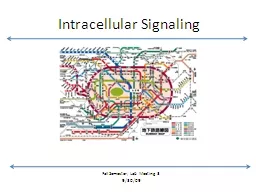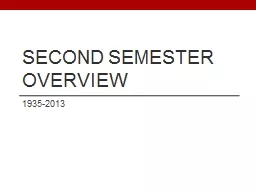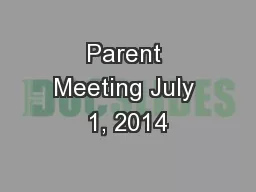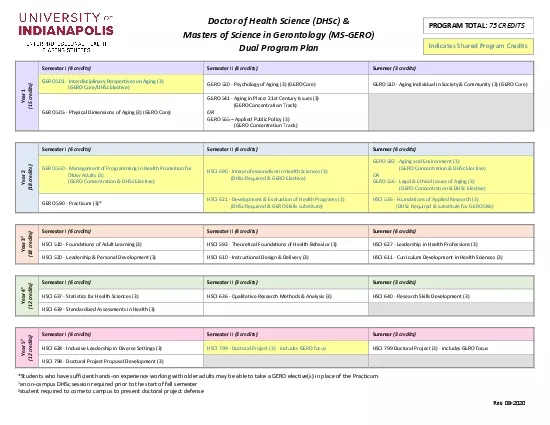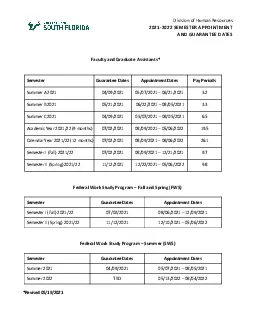PPT-Second Semester Overview
Author : kittie-lecroy | Published Date : 2017-12-22
19352017 Topics We Will Cover the rest of the Semester World War II The atomic bomb The Cold War 1950s Youth Culture Conformity in the 1950s Civil Rights Movement
Presentation Embed Code
Download Presentation
Download Presentation The PPT/PDF document "Second Semester Overview" is the property of its rightful owner. Permission is granted to download and print the materials on this website for personal, non-commercial use only, and to display it on your personal computer provided you do not modify the materials and that you retain all copyright notices contained in the materials. By downloading content from our website, you accept the terms of this agreement.
Second Semester Overview: Transcript
Download Rules Of Document
"Second Semester Overview"The content belongs to its owner. You may download and print it for personal use, without modification, and keep all copyright notices. By downloading, you agree to these terms.
Related Documents




